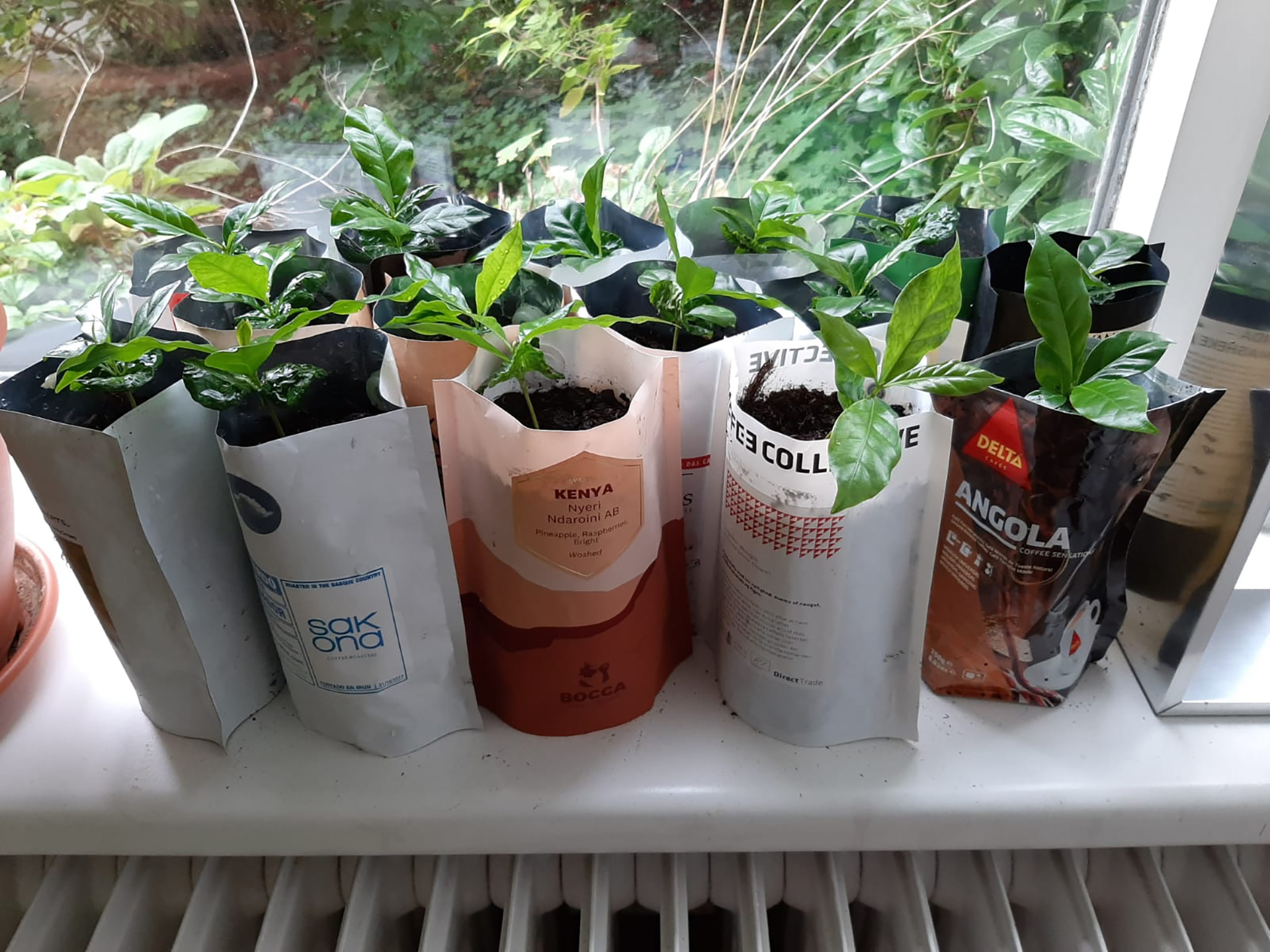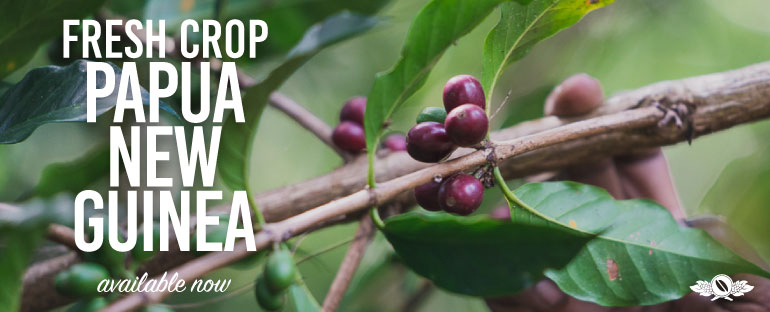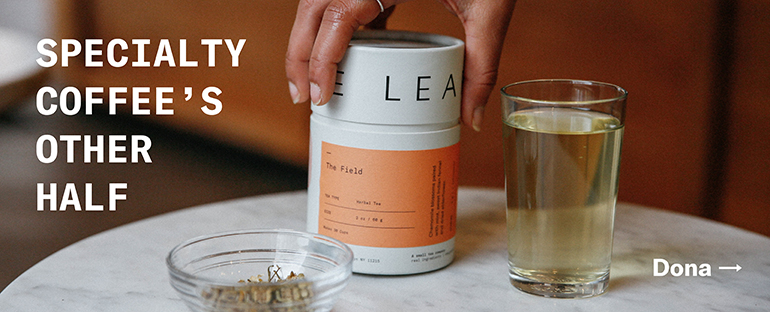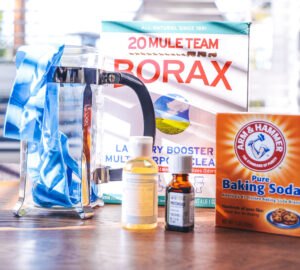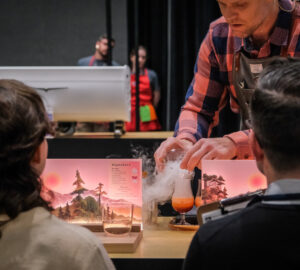The houseplant industry is one of the few industries that millennials have not been accused of killing. Plants provide all sorts of benefits, from feeling calmer to purifying your air. Most houseplants are native to tropical or subtropical climates. When kept in pots and/or indoors, it means that you have a different set of challenges than one would normally encounter in native conditions. Plant care can be tough, but it’s also rewarding.
I spoke to people who found success with growing coffee as a houseplant in areas like Boston, Florida, Colorado, Sussex, and the Netherlands; these are all locations that do not resemble coffee’s native environments. And with the help of an agronomist, producer, and horticulturist, I’m now armed with all of the information you may or may not have wanted to know about putting your best leaf forward.
If you are not into houseplants yet, I must warn you that it’s a lot like any other hobby out there. Once you catch that bug (pun intended), you start getting pulled into the rabbit hole, and then you find yourself looking up things like gnat lifecycles and how to make your own soil compositions. Remember, I warned you.
First things first: obtaining a coffee plant.
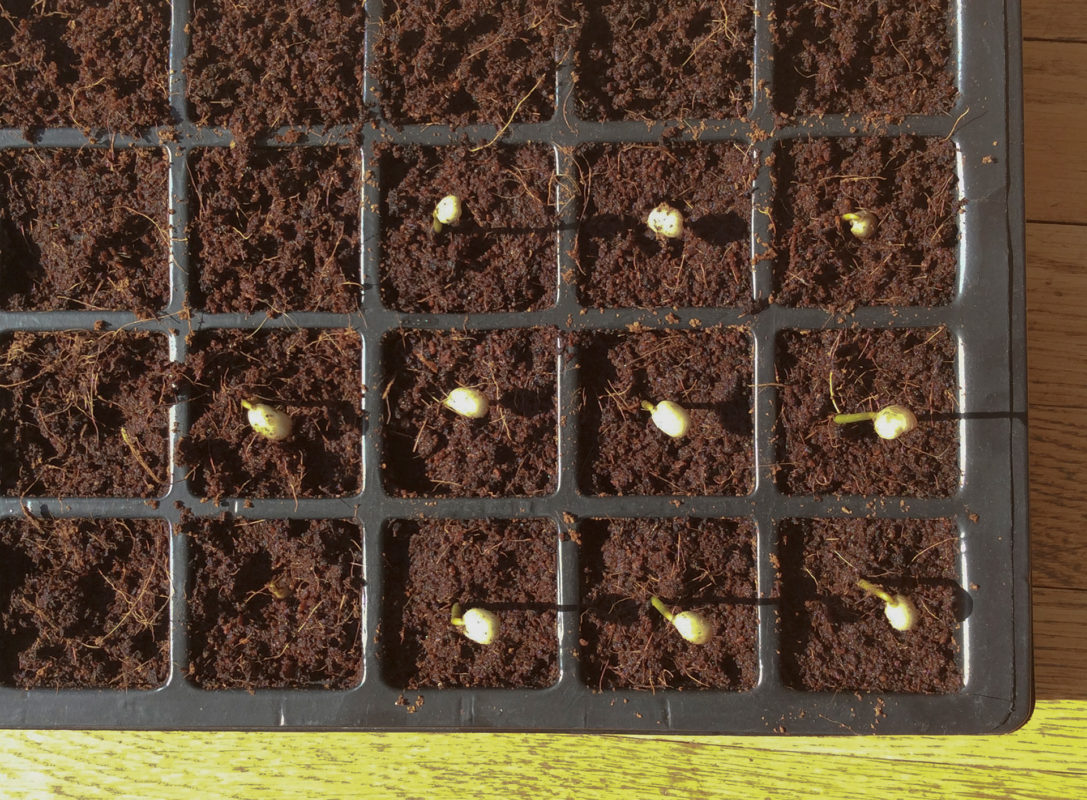
If a coffee plant is sold online or in a plant store, it’s typically labeled as Coffea arabica and often comes with several plants in one pot. It’s rare to find a plant listed with variety distinction—I found mine at the local farmer’s market for around $5 with no label (I recognized the leaves). Plant stores are usually not growers. Instead, they’ll purchase in wholesale quantities from a place like Miami-based Costa Farms, one of the largest houseplant growers in the world.
When I asked Costa Farm’s horticulturist Justin Hancock about the variety it offers, he explained, “For us, that’s never really been a question. It’s not a real variety; it could be anything based on whatever the parents were.” Costa Farms sources its seeds from farms outside the US and then plants them in coir, a soilless medium made from coconut husks (while the source is the same, the process of making horticultural coir is different from the coir that makes up those stiff doormats). Added to the pot is shredded wood product HydraFiber and a time-release fertilizer, and then they’re placed outside under a shade cloth. Plants are then left to grow naturally, says Hancock. “It’s really important for us that the plant be as primed for success as it can be when it goes from our farm into your home.”
In the houseplant-growing world, not much attention is paid to the pests that invade crops unless it affects the seed source. “We have a really active group of scouts whose full-time job is just to walk the crops constantly,” says Hancock. If a single issue is found, there’s been “great luck being able to remove a small number of plants before a problem affects the entire crop, forcing us to have to spray.”
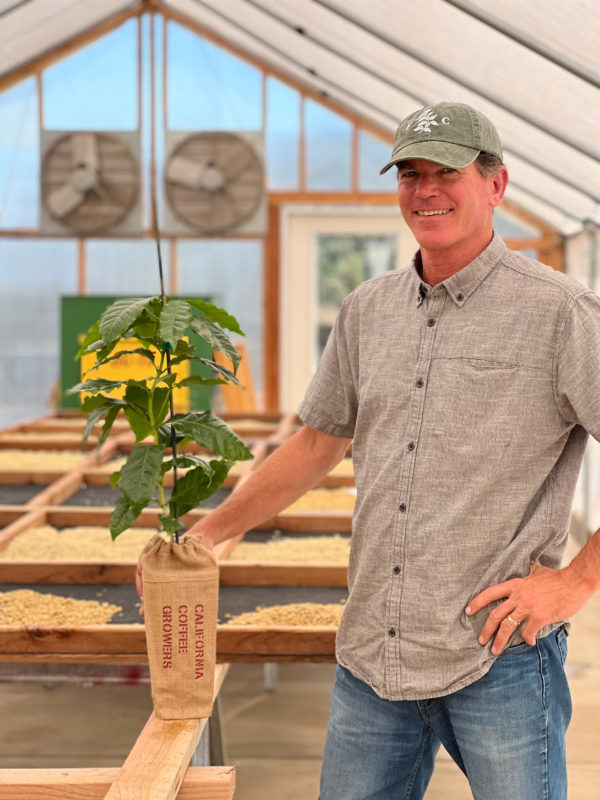
If you’re looking to get nerdier with your plant and want to go beyond ornamental decor, FRINJ Coffee, a southern California-based whole systems solutions company, is now selling one online. The variety is Catuai Rojo, a cross of Caturra and Mundo Novo, chosen for its extreme durability against wind, heat, and cold. “I’ve probably stress tested every variety of coffee around to growing in California,” says Jay Ruskey, co-founder and CEO of FRINJ. “And so far, it’s always the Rojo that’s been able to hold onto whatever we throw at it.”
It is possible to germinate a coffee plant from seed, with a few caveats. Unless you live by someone who has a fruiting coffee plant, seeds are tough to obtain. Some how-to articles mention buying green coffee from a roaster, but they need to be as fresh as possible. If you use imported green, there are multiple conditions like milling, storage, and fumigation that keep seeds from germinating, says Ruskey. After all, you don’t want your green to arrive moldy or germinated; that would be terrible for roasting.
Seeds also may find themselves hitchhiking in someone’s pocket or luggage. Those who did farm visits mentioned saving seeds after tasting a cherry, then drying them in a hotel room. It’s important to note here that many countries have strict laws on seeds and plants to prevent the spread of disease and invasive species. Be sure to research the customs regulations before you carry them abroad.
But let’s say you’re lucky enough to have obtained some seeds. How do you germinate them? “Keep the soil humid but not soaked, do not push your seed deeper in the soil,” advises Jonas Ferraresso, a coffee agronomist in Brazil. “Cover the soil with a rag to keep humidity; when the seed starts to sprout, take it out.”
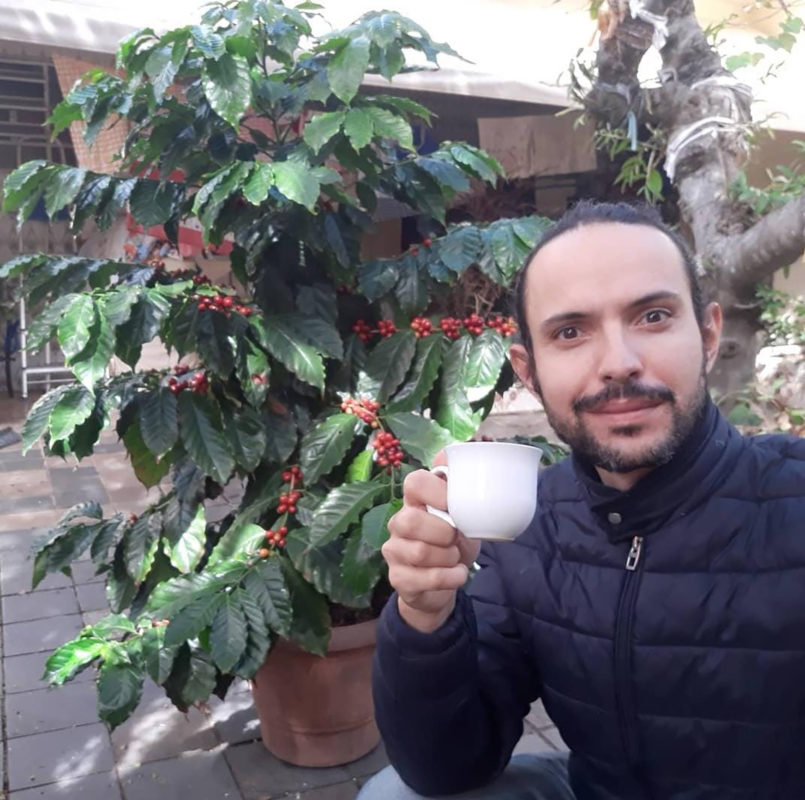
Over in Sussex, England, Jenny Scarfe Beckett has seen surprising success with germination and growth, especially with the weather being “too cold in the winter and too hot in the summer.” Beckett describes her germination method that has a 75-80% success rate: “I presoak on a wet paper towel and wait until they just show the first signs of germination.” Once the hilum’s slight bulge appears (but before the radicle), she then transfers them into coir and places them with the flat side facing down. “The only thing I can think is that they are compelled to germinate in my household,” she says with a laugh. “They don’t have a choice.”
Her very first coffee plant—now with three generations—was germinated from a children’s packet of mixed seeds. Last year, she harvested and produced 141 g of dry coffee, 50 g of which she sent off to local roaster Hasbean to cup. To her surprise, they found it to be “totally acceptable, and it was actually better” than some of the professional samples they’ve received. Though they did request that the next batch should be sent in the green. “I have to say the roasting method was strictly using my kiln bricks on a barbecue,” she admits. “Mine was the roughest roast I had ever seen, but I learned very quickly that the humidity within the bean has to be brought to a standard if you’re going to be doing anything.”
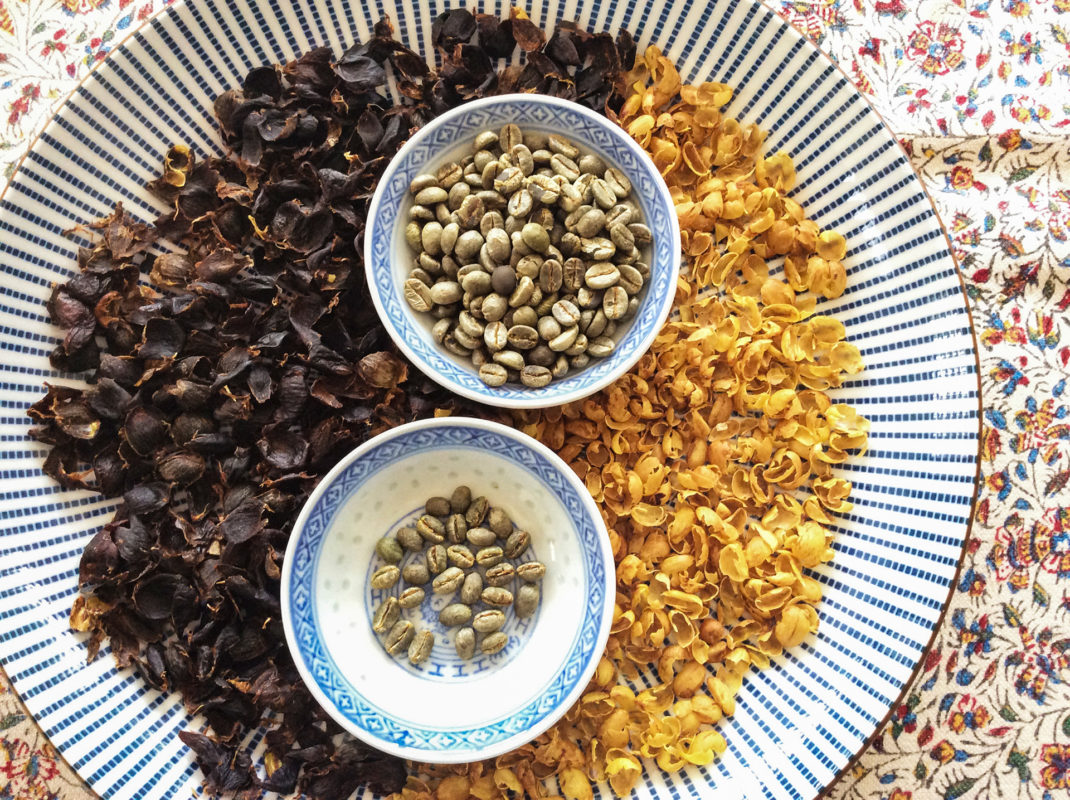
Reportedly, you can also graft or propagate from a cutting. However, grafting is difficult and only useful if the varieties are different and the success rate from a cutting is fairly low. My first experience with coffee was as a cutting at a local plant swap (where you bring cuttings and plants to exchange). I treated it like other houseplant cuttings, and it died pretty quickly after. “Much research made in Brazil shows that Coffea arabica doesn’t respond well to grafting, even using plant hormones to stimulate rooting,” confirms Ferraresso. The opposite is true for robusta (Coffea canephora), he says. “This species is very responsive to grafting in a way that almost all the Canephoras planted in Brazil on farms were grafted.”
With a seedling in the house, the next step is to nurture its growth. The basics of keeping a houseplant alive boil down to just a few items: light, water, soil, humidity, and fertilizer. But if you’ve ever grown plants before, you know that it can be difficult to find the right combination.
For light, coffee plants like bright light with some shade. To check your light conditions, you can use a light meter, app, or shadow test, which is what Hancock recommends. “If it casts a strong shadow for at least a few hours of the day, that’s what I consider to be bright, light, or strong light,” he explains. Check the shadow within three to four feet of an east- or west-facing window and several times throughout the day. Too much light, the leaves will look bleached; too little light, the plant will “stretch.”
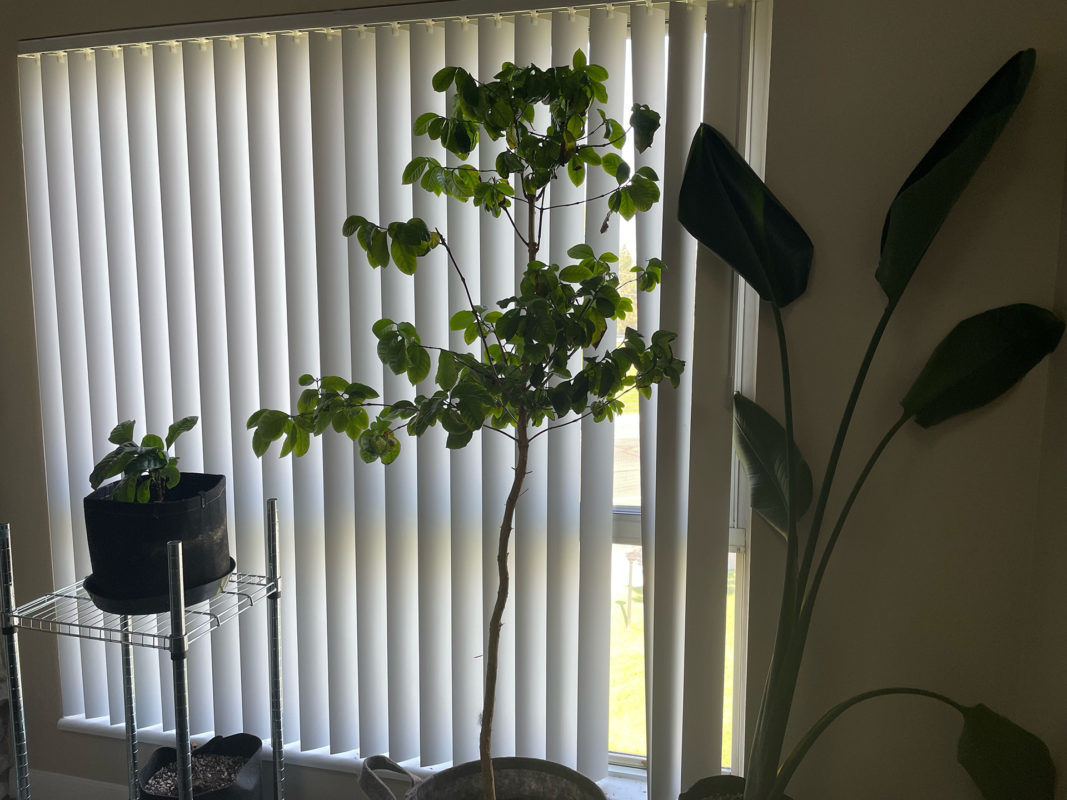
If you’re prone to overwatering, choose a terra cotta pot for its breathability; otherwise, a glazed ceramic or plastic pot works well. “Overwatering is usually caused by too little light,” says Hancock. Too much water and too little start out displaying the same symptoms: leaf edges and tips start browning, premature leaf drop, and wilting. He says, “If you’re in doubt, it’s always better to keep a plant a little bit too dry than to keep it too wet.” Sticking a finger into the soil is the easiest way to determine if it’s too wet or too dry.
In terms of soil, Ferraresso advises, “The perfect balance is 50% solid (soil, humus, fertilizer), 25% liquid, and 25% air.” A fifty-fifty balance of compost and soil or 30% earthworm humus and 70% soil is also acceptable. Your watering style plays a big role here: while you don’t want to dry out the roots completely, you also don’t want to drown them. Standard potting soil may be too dense, so adding an ingredient like perlite creates air .
Last, there is the matter of humidity. A common myth for increasing humidity for houseplants is to mist the leaves. Hancock explains: “When you mist, the water droplets go on the plant. They usually evaporate in a few minutes, and once they evaporate, they’re circulating throughout your entire home. So there’s not enough of it to really noticeably increase the humidity for your plant for more than a couple of minutes.” The better solution is to add a small humidifier or group a few plants together so that “as they transpire, they release moisture through their leaves.”
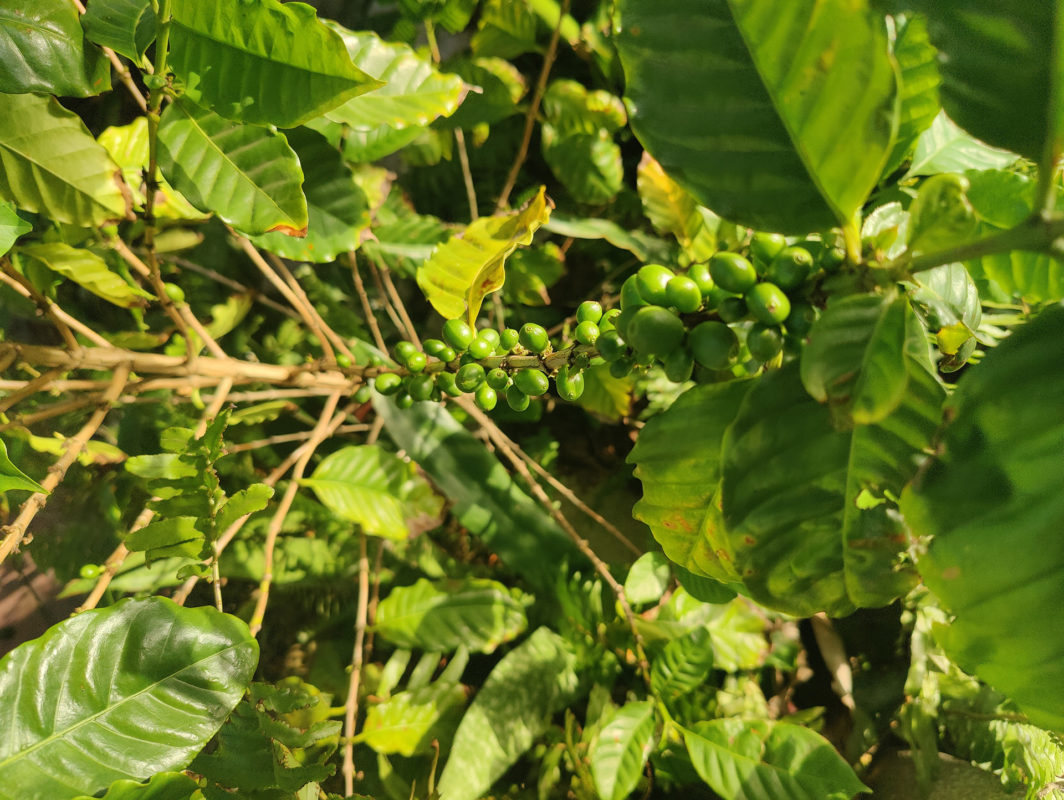
Coffee professional John Corredor has grown around 20 coffee plants in both Miami and Boston, with Florida’s outdoor lessons informing his indoor approach in Boston. He credits the fruiting success to Florida’s temperate but humid climate, “I think what Florida brings to the table is that really, really high humidity year-round that you usually find within the tropics.” The fruiting tree was the lucky result of grafting with scotch tape. Corredor’s dad is from Bogota and because some of his friends have grown coffee, he thought he should know what to do, “but he never actually worked with coffee. So he was like, trust me, scotch tape works.” Corredor is looking forward to this year’s harvest, saying, “Hopefully, I can fly down soon and go pick some and make a cup because I think I only need 20 cherries to make a shot of espresso.”
Foliage is the goal for many plant lovers—thick, lush leaves that green up your home—which you can reach with the proper care of multiple plants in one pot. But if you’re reading this, you might be a coffee professional or enthusiast and want even more out of your plant.
To set up the best conditions for flowering, you’ll need a larger pot, at least five gallons at a 10” diameter, since a coffee plant’s roots can reach “14 linear miles of length in three years of age,” says Ferraresso. “C. arabica usually needs 11 inches to 60 inches of soil depth to be very productive.” Mimicking a “wet season” is also good idea: a short period of less water, followed by a heavy “rain.”
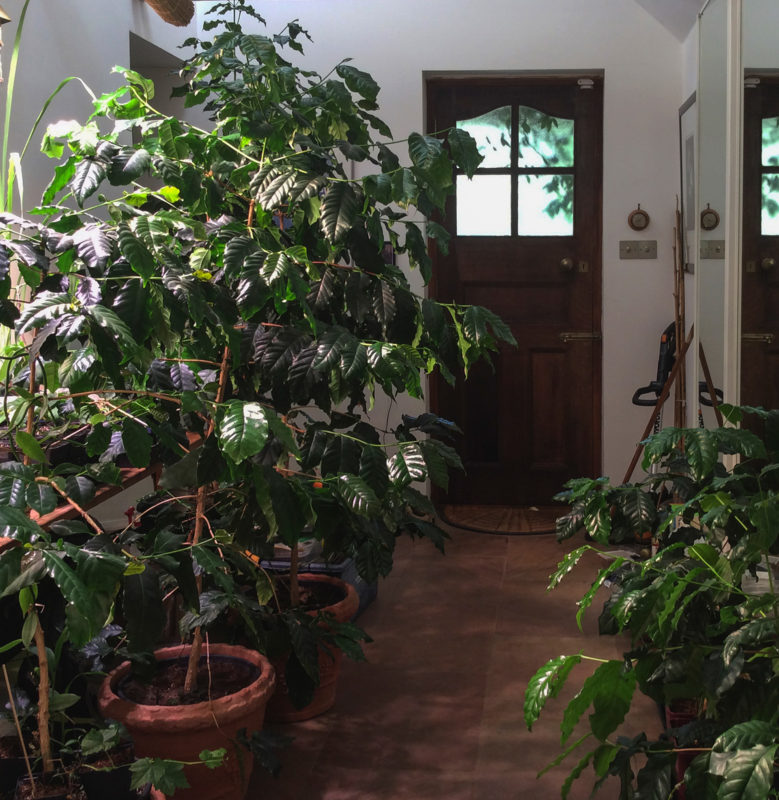
Flowering takes a lot of energy out of a plant, so fertilizers are especially important. They’re numbered with corresponding letters N-P-K for nitrogen (N), phosphorus (P), and potassium (K). For example, a 5-5-5 fertilizer is an equal balance of all three. Ruskey recommends “a little heavier on nitrogen and potassium in the beginning. As you get towards flowering, you can add in phosphorous.” After that, a balanced fertilizer works well. He adds, “The coffee plant has to take a lot of food, they’re kind of like teenage kids—they like a lot of food all the time.” Something else to try out is misting the foliage with a humic acid fertilizer to add minor minerals.
Thanks to climate change, houseplants are surviving in outdoor environments that they couldn’t before. “It’s an exceptional situation—this is the first year that I have almost all my plants outside day and night,” says coffee professional Norman Mazel. They’ll be coming back indoors when it gets cold. He began growing coffee plants over 10 years ago in the Netherlands and now has a collection of 40-50 plants in a wide range of varieties from Sigarar Utang to Liberica. He’s also sent some leaves off to Dr. Christophe Montagnon for genetic evaluation, discovering one plant to be of an Ethiopian variety instead of a Colombian one. On our video call, he pointed out one plant that was starting to form buds.
And if you find yourself with an overload of plants, they make for a great gift, according to Mazel and coffee professional Sheli Maciel. At one point, Maciel had 44 coffee plants but carried most of them on planes to gift to friends. “I found a way to tape over the pot, leave the stem open, and then kind of build a little box and slide it under the seat in front of me,” she says. Her goal with her current two plants (varieties: Gesha and Liberica) is to replant any seeds so she can keep giving them out. Plus, with climate change, Colorado could be the next growing region, and she’s already ahead of the game on that.
Jenn Chen (@thejennchen) is an Editor At Large at Sprudge Media Network. Read more Jenn Chen on Sprudge.








